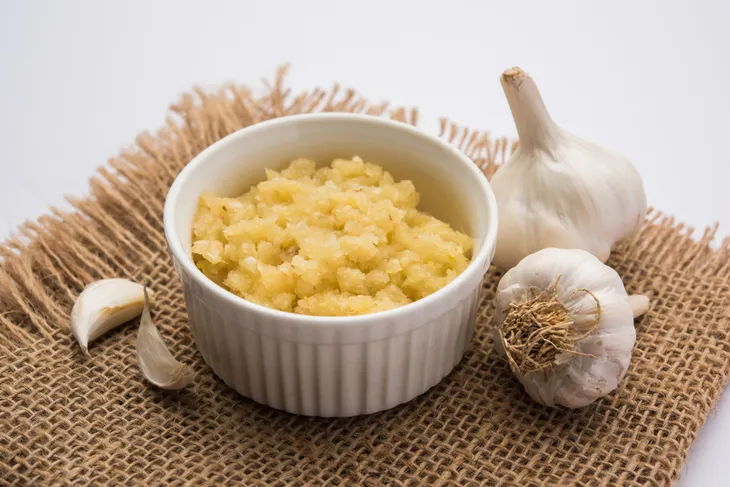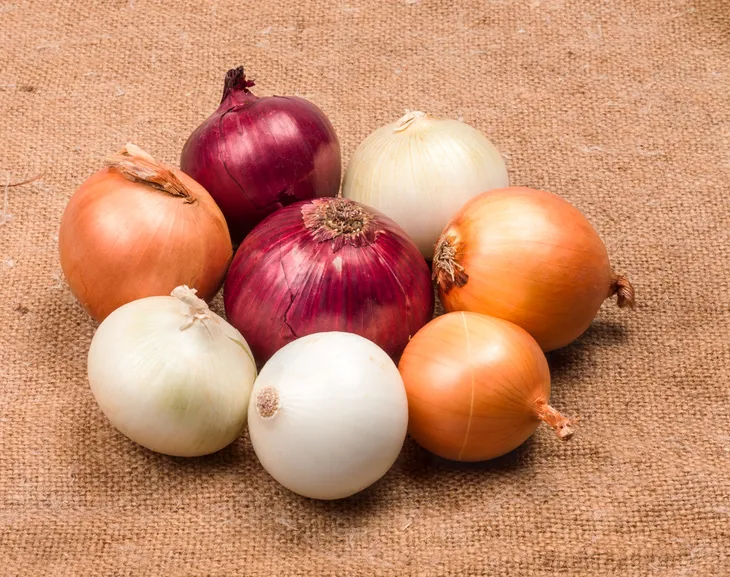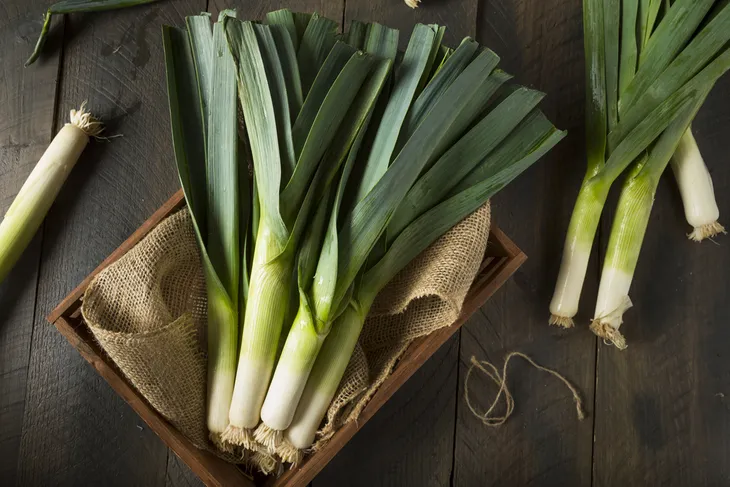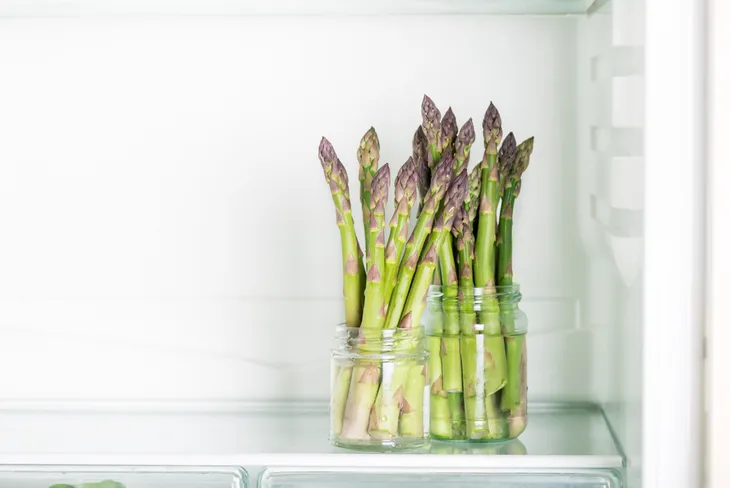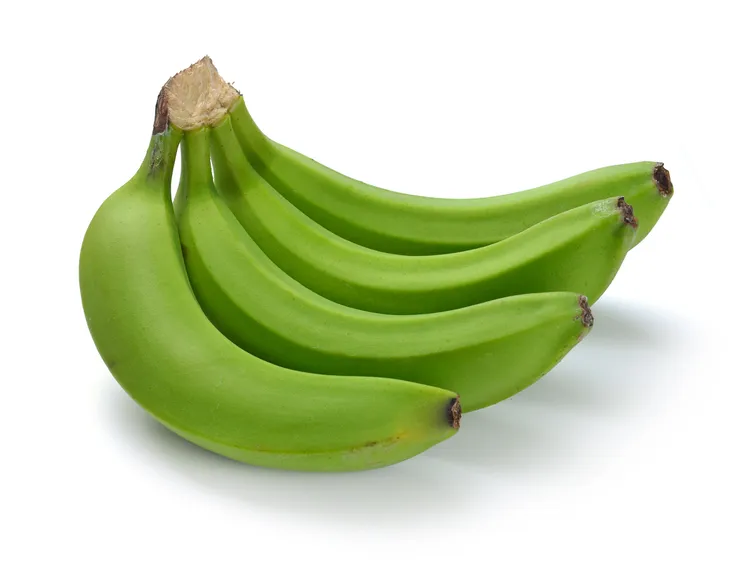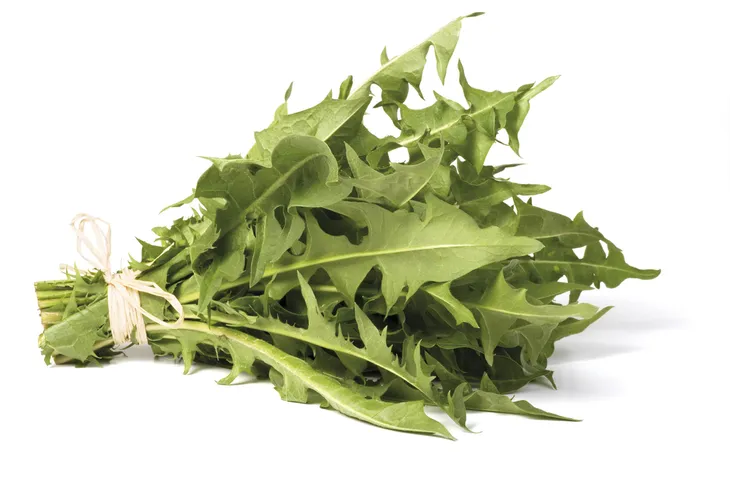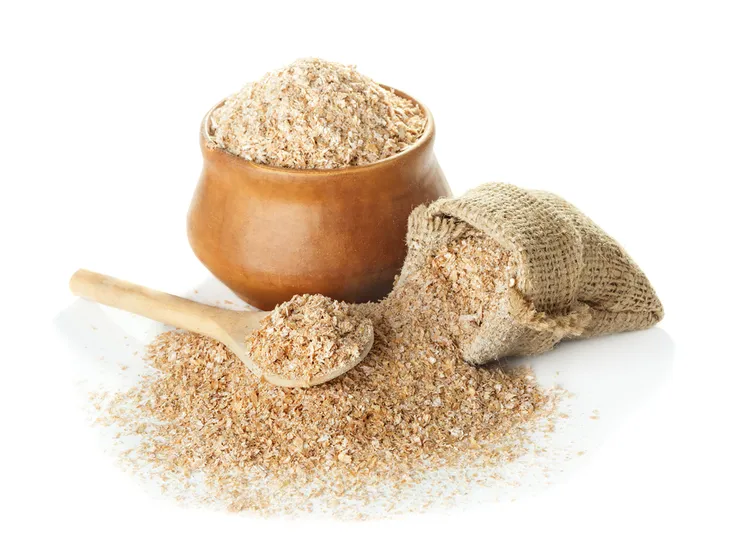Over the past few years, the lengthy list of benefits associated with probiotics have become common knowledge, and many people work hard to get a beneficial amount of them into their diet—whether through food or supplements.
Prebiotics, however, are far less popular. In fact, many people have never heard of them, let alone what their function is. Essentially, they are a type of fiber that feeds friendly probiotic bacteria, allowing them to function more effectively. Therefore, it’s just as important to consume enough prebiotics as probiotics. But where can you find them? The following are eight excellent food sources.
Garlic
Not only is garlic an incredibly delicious herb that can give a flavor boost to almost any meal, it is also an excellent source of prebiotics. According to Healthline, “About 11% of garlic’s fiber content comes from inulin and 6-percent from a sweet, naturally occurring prebiotic called fructooligosaccharides (FOS).”
Eating it, especially raw, is not only beneficial for growing Bifidobacteria in the gut, but it also “prevents disease-promoting bacteria from growing.” Try adding it to foods like salad, guacamole, and hummus.
Onions
Onions, which are a very complementary ingredient to garlic, also offer a valuable amount of prebiotics. Whether raw or cooked, onions “contain a natural source of inulin which the gut uses to clean house and up the good bacteria during the process,” says OneGreenPlanet.org.
In addition to their prebiotic benefits, onions also contain antioxidant, anti-cancer, and antibiotic properties. Health.com suggests adding them to omelets, salads, and stir-frys, or as a topping for proteins like black beans, chicken, and seafood.
Leeks
An often-overlooked member of the onion family, leeks contain approximately 16-percent inulin fiber, which Healthline says “promotes healthy gut bacteria and helps in the breakdown of fat.”
In addition to their prebiotic benefits, they’re also an excellent source of certain vitamins. According to Prebiotin.com, just one cup of raw leeks offers 52-percent of the recommended daily value of Vitamin K, and 18-percent of Vitamin C. But, as with garlic, leeks provide the most nutritional value when consumed raw.
Asparagus
Asparagus is another prebiotic powerhouse food, with an inulin fiber content of about 2-3-grams per 100-gram serving. Like garlic and leeks, however, it is best consumed raw in order to preserve these nutrients.
If eating raw asparagus doesn’t appeal to you—understandably, it can be pretty tough—Dr. Axe suggests making homemade fermented asparagus “with just some salt and a mason jar.” Blending it into a smoothie is another alternative option for consuming it raw.
Under-Ripe Bananas
While ripe, yellow bananas are generally favored due to their sweet flavor, it is under-ripe bananas that are still greenish in color that offer prebiotic benefits. They contain “a prebiotic starch called resistant starch, which allows probiotic bacteria to survive the acid in your stomach, helping ferry the good bacteria into the small and large intestine,” says Men’s Fitness Magazine.
Although under-ripe bananas are not generally as enjoyable to eat, Dr. Axe says “they still work well in smoothies or even warmed up as a dessert.” They’re also an excellent source of essential nutrients such as B vitamins, Vitamin C, and potassium, as well as fiber, which promotes the growth of good bacteria in the gut.
Dandelion Greens
Dandelions may be best known as a pesky yard weed, but their green foliage actually offers a wealth of health benefits. With respect to prebiotic fiber, Healthline says, “They contain 4 grams of fiber per 100-gram serving,” a large portion of which is from inulin.
Dandelion greens also contain nutrients such as Vitamin K, Vitamin A, calcium, and iron, and are “known for their diuretic, anti-inflammatory, antioxidant, anti-cancer and cholesterol-lowering effects.” Health.com suggests adding them to a salad or a side dish that is served alongside lean proteins like fish or lentils.
Bran
Wheat bran—which Healthline describes as “the outer layer of the whole wheat grain”—is another valuable source of prebiotics. It contains a type of fiber known as arabinoxylan oligosaccharides (AXOS), which promotes the growth of Bifidobacteria in the gut.
The source adds that bran—whether from oat, wheat, or rice—is also beneficial for digestion, and can aid with issues such as gas, cramping, and abdominal pain. To increase daily consumption, Prebiotin.com says it can be added to cereal, yogurt, or smoothies.
Apples
Not only will an apple a day keep the doctor away, but it will also keep your gut in tip-top shape. This is because apples contain pectin fiber, which Healthline says “increases butyrate, a short-chain fatty acid that feeds the beneficial gut bacteria and decreases the population of harmful bacteria.”
The source adds that apples are contain polyphenol antioxidants, which, in combination with pectin, “have been linked to improved digestive health and fat metabolism, decreased levels of LDL cholesterol and a reduced risk of various cancers.”

